However, in the increasingly fierce "race" with new competitors and a series of changing trade policies, Vietnamese enterprises must improve their internal strength, standardize production and transform strongly.

Big market but many challenges
After nearly 7 years of implementation, the CPTPP Agreement has brought about clear results for Vietnam's export activities. A report by the Ministry of Industry and Trade said that export turnover to member countries has increased sharply, especially key product groups such as electronics, textiles, footwear, agricultural products and seafood...
According to data from Vietnam Customs, in 2024, two-way trade turnover between Vietnam and CPTPP countries will reach 102.1 billion USD, up 6.8% compared to 2023. Of which, Vietnam will have a trade surplus of 9.4 billion USD, double the previous year's level of 4.7 billion USD. Data from the Ministry of Industry and Trade also shows that in the first 5 months of 2025, export turnover to CPTPP markets will reach nearly 27.2 billion USD, up 22.6%, accounting for 15.1% of the country's total export turnover.
Deputy Director of the Import-Export Department (Ministry of Industry and Trade) Trinh Thi Thu Hien analyzed that this result was achieved thanks to the significant increase in the rate of exported goods granted certificates of origin (C/O) to enjoy tariff incentives from CPTPP. "If in 2019, the first year CPTPP took effect, only about 0.7 billion USD of goods were granted C/O, equivalent to 2% of turnover, then by 2024, this figure had reached 5 billion USD, accounting for 8.8%", Ms. Trinh Thi Thu Hien said.
Notably, markets that have signed free trade agreements (FTAs) with Vietnam for the first time, such as Mexico and Canada, are recording positive growth. The rate of exports with preferential C/O to Mexico increased from 7% in 2015 to 47% in 2024, of which seafood reached nearly 80% and leather and footwear also reached more than 80%. In Canada, the preferential C/O rate for suitcases, handbags, rattan and bamboo products, and sedge mats reached 42-45%, while seafood reached approximately 80%.
According to Deputy Consul General of Vietnam in Sydney, Head of Vietnam Trade Office in Australia Tran Thi Thanh My, in 2019, Vietnam's exports to Australia reached 3.5 billion USD, by 2024 it will be 6.5 billion USD, an increase of 83% compared to the first year.
From a business perspective, Export Director of Lenger Seafood Vietnam Co., Ltd. Do Thi Phuong Thao assessed that CPTPP has helped businesses expand their customer network and access high-standard markets. In the Japanese market, the company has long-term customers. The business is focusing on researching potential customers to be able to penetrate the Canadian and Australian markets.
Deputy Director of the Import-Export Department (Ministry of Industry and Trade) Trinh Thi Thu Hien commented that the above results show that Vietnamese enterprises are increasingly proactive in meeting the rules of origin and better utilizing opportunities from the CPTPP, thereby improving competitiveness and expanding market share.
It is forecasted that in the coming time, import demand in major markets such as Australia, Japan, Singapore and Canada will continue to remain high. In particular, the UK's official implementation of the CPTPP is expected to bring many opportunities to expand the market for Vietnamese goods.
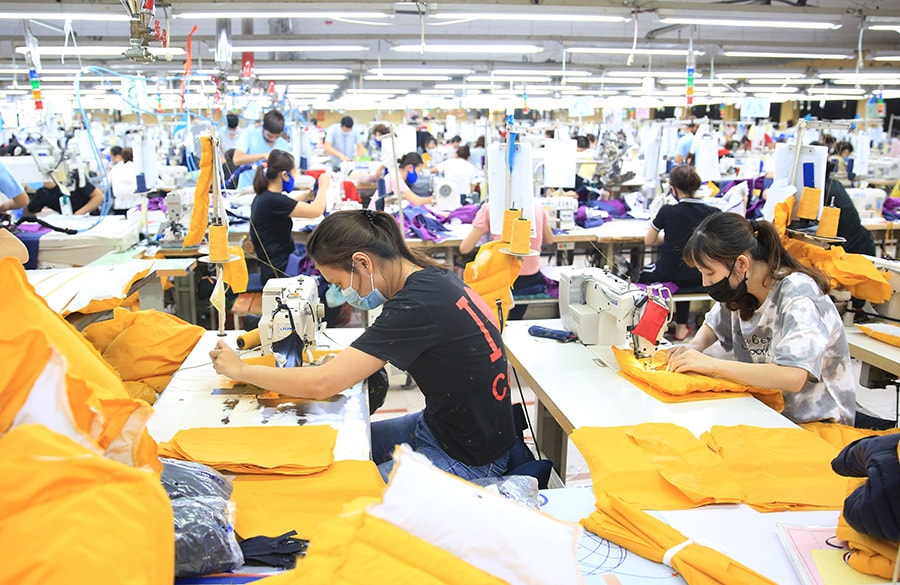
Increase competitiveness from internal resources
According to the Ministry of Industry and Trade, CPTPP has expanded export opportunities, but the level of tariff incentives taken by Vietnamese enterprises is still limited compared to some other FTAs. The main reason is due to sharing with other FTAs in the same market, in addition to the situation that many industries are still not proactive in the supply chain of raw materials and production to increase exports.
In fact, Vietnamese goods face new challenges in the CPTPP market as many countries issue reciprocal trade policies, which may shift import and export flows. At the same time, competition increases as rivals step up exploitation of the CPTPP or join new FTAs to diversify supply chains, putting pressure on Vietnamese businesses.
In this context, Ms. Do Thi Phuong Thao said that the company has proactively built a closed domestic supply chain and increased the proportion of domestic raw materials to meet CPTPP rules of origin. The company has also restructured production, improved competitiveness and aimed for more sustainable development in the global value chain.
Many economic experts say that Vietnamese enterprises need to innovate their production models and take full advantage of CPTPP incentives to turn the agreement into a strategic lever. Deeply participating in regional value chains, linking with domestic suppliers and improving management capacity are key ways to increase competitiveness.
Deputy Director of the Import-Export Department (Ministry of Industry and Trade) Trinh Thi Thu Hien recommends that enterprises should not consider origin requirements as barriers, but as standards to aim for. That is also the driving force to help enterprises upgrade their capacity and access international regulations. Enterprises need to build a transparent system of management and storage of origin documents, ready to prove when requested...
To support businesses, the Import-Export Department is implementing a series of solutions, including completing the decree to replace Decree No. 31/2018/ND-CP of the Government detailing the Law on Foreign Trade Management on the origin of goods; at the same time, decentralizing the authority to issue C/O to localities, in order to shorten the time for processing documents, as well as reduce administrative costs for exporting businesses.
Source: https://hanoimoi.vn/hang-viet-truoc-cuoc-dua-moi-tai-thi-truong-cptpp-722664.html






![[Photo] Cutting hills to make way for people to travel on route 14E that suffered landslides](https://vphoto.vietnam.vn/thumb/1200x675/vietnam/resource/IMAGE/2025/11/08/1762599969318_ndo_br_thiet-ke-chua-co-ten-2025-11-08t154639923-png.webp)

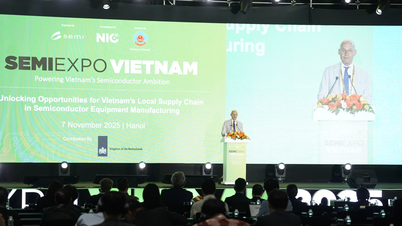







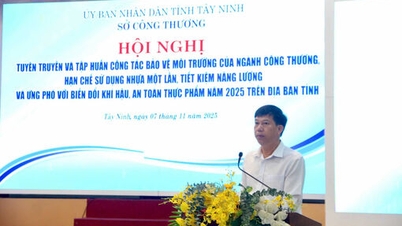



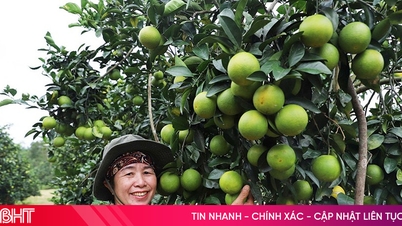







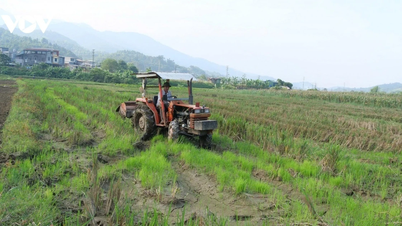

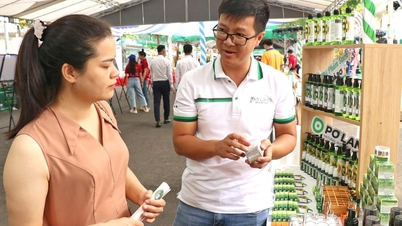






















![[Video] Hue Monuments reopen to welcome visitors](https://vphoto.vietnam.vn/thumb/402x226/vietnam/resource/IMAGE/2025/11/05/1762301089171_dung01-05-43-09still013-jpg.webp)































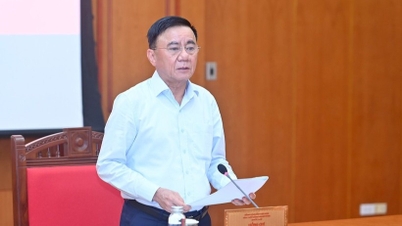




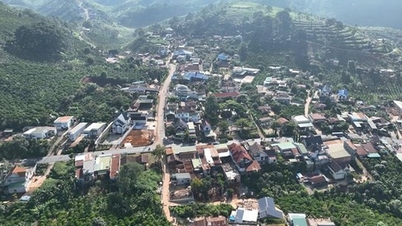










![Dong Nai OCOP transition: [Part 2] Opening new distribution channel](https://vphoto.vietnam.vn/thumb/402x226/vietnam/resource/IMAGE/2025/11/09/1762655780766_4613-anh-1_20240803100041-nongnghiep-154608.jpeg)













Comment (0)